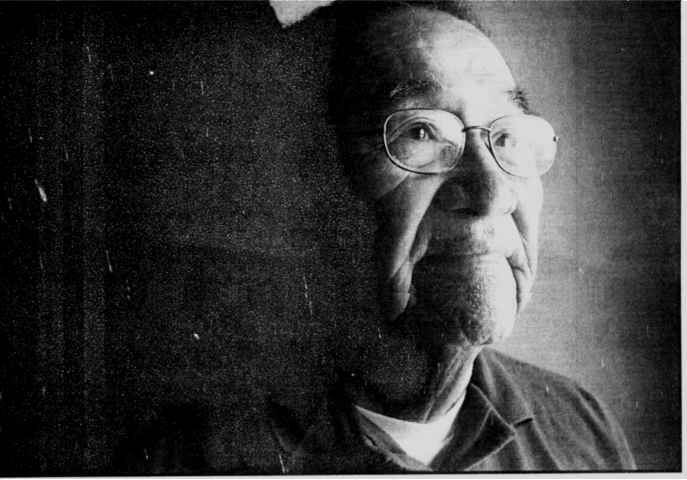
50 years ago Politics and heroes

Sam Billison
The big news, of course, was the upcoming elections, and I do mean elections.

Sam Billison
Both candidates, according to articles in the Navajo Times, had spent more than $2,000 on their campaigns with most of that money going for radio ads. Bilison had also had a few ads in the Navajo Times and while Nakai was still refusing to advertise in the tribal newspaper. The Times was reporting that some of Nakai’s supporters were considering putting an ad in the paper just before the election just to clear up some of the rumors that Billison had been spreading about him.
Both campaigns were saying that it looked good for their candidate to easily win the election.
As for the Times, no one there had a clue who would win.
Nakai had more people at his rallies but Billison held three rallies for each one of Nakai’s, and if you factor that in, Billison probably had more attendance.
Billison easily had more stories in the Times than Nakai but it appeared to many that Nakai had more ads on the radio and everyone knew that the election would be decided, as it always had been in the past, by elderly ranchers who brought their families to the polls to vote.
That’s why the tribe still set aside two days for voting, to make it easier on the ranchers to get to the polling site because they may be busy one day but usually not for both days.
Nakai, in the final days before the election, was spending a lot of time talking to the 1,200 or so tribal employees, urging them to vote for him and for them to get their families to vote for him as well.
While employees probably had mixed feelings about him because of all of the controversies in the past, they probably respected him for pushing for annual raises and for his various speeches praising employees for doing this or that.
Billison was promising bigger raises if he was elected, but employees knew it was the council and not the chairman’s office that make that kind of decision. And then there were those promises that Billison was making about making education his priority and if that was true, he probably would not have a lot left for employee raises.
But the big thing that the Navajo Times had to resolve was how they would report the outcome.
With the election being on a Tuesday and Wednesday, there was no way the Times would be able to report it in their Nov. 17 issue because the vote tallying would still be going on that day.
In fact, if it was close, the winner may not be announced until Friday or Saturday. And if it was really close and some precincts needed to be recounted, the winner may not be known until the following week.
The Times wanted to be the first to report the results but because of the uncertainty, no one knew if that was possible.
The paper’s staff was willing to postpone the paper for a day, coming out on Friday instead of Thursday, but even if they did that, there was no guarantee that they would have the results by then.
There was also some discussion of coming out with a special eight or 12 page paper as soon as the results were known and this had some support among the staff because they knew it would certainly sell out and they would have no problems getting enough ads to pay for the paper.
The problem was that the Times’ plan of operations only allowed them to publish once a week and there was some concern that printing a second edition that week may get the paper in trouble with the controller’s office.
This was early November so they still had a couple of weeks to make a decision.
But not everything was about politics.
In its continuing series honoring Navajo heroes, the paper this week 50 years ago reported that Harry Tsosie, who worked as an instructional aide at the Teec Nos Pos Boarding School, had been awarded $300 for saving a woman’s life on March 8, 1966.
The woman, who was a nurse from Monument Valley, had received severe injuries in an automobile accident that day and was believed to have been dead before Tsosie showed up and began mouth to mouth resuscitation until emergency personnel arrived at the scene.
The Times, in a front page article with photo, pointed out that he had received first aid training as a Boy Scout and then again when he was in the Marine Corps. He was also instructed in emergency aid by BIA safety officers in his current job.
To read the full article, pick up your copy of the Navajo Times at your nearest newsstand Thursday mornings!
Are you a digital subscriber? Read the most recent three weeks of stories by logging in to your online account.







 Highway 264,
Highway 264, I-40, WB @ Winslow
I-40, WB @ Winslow